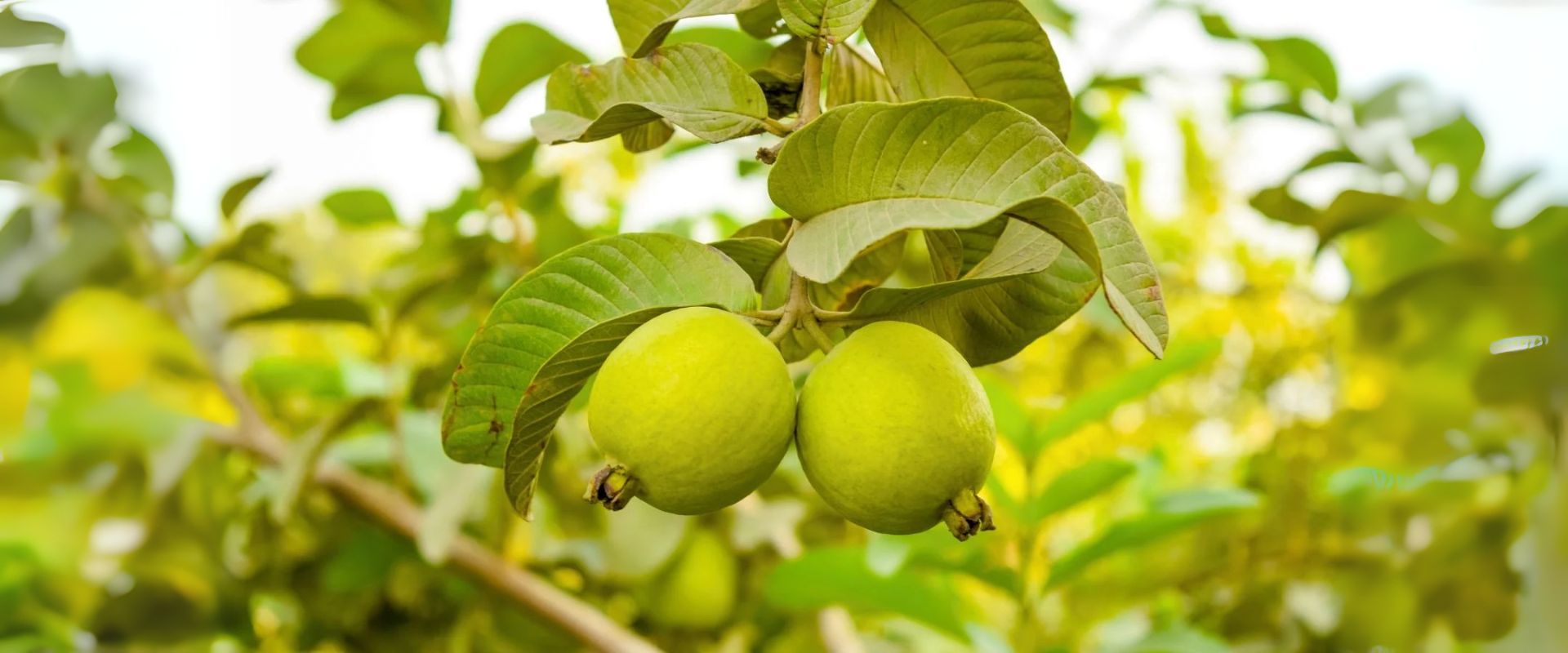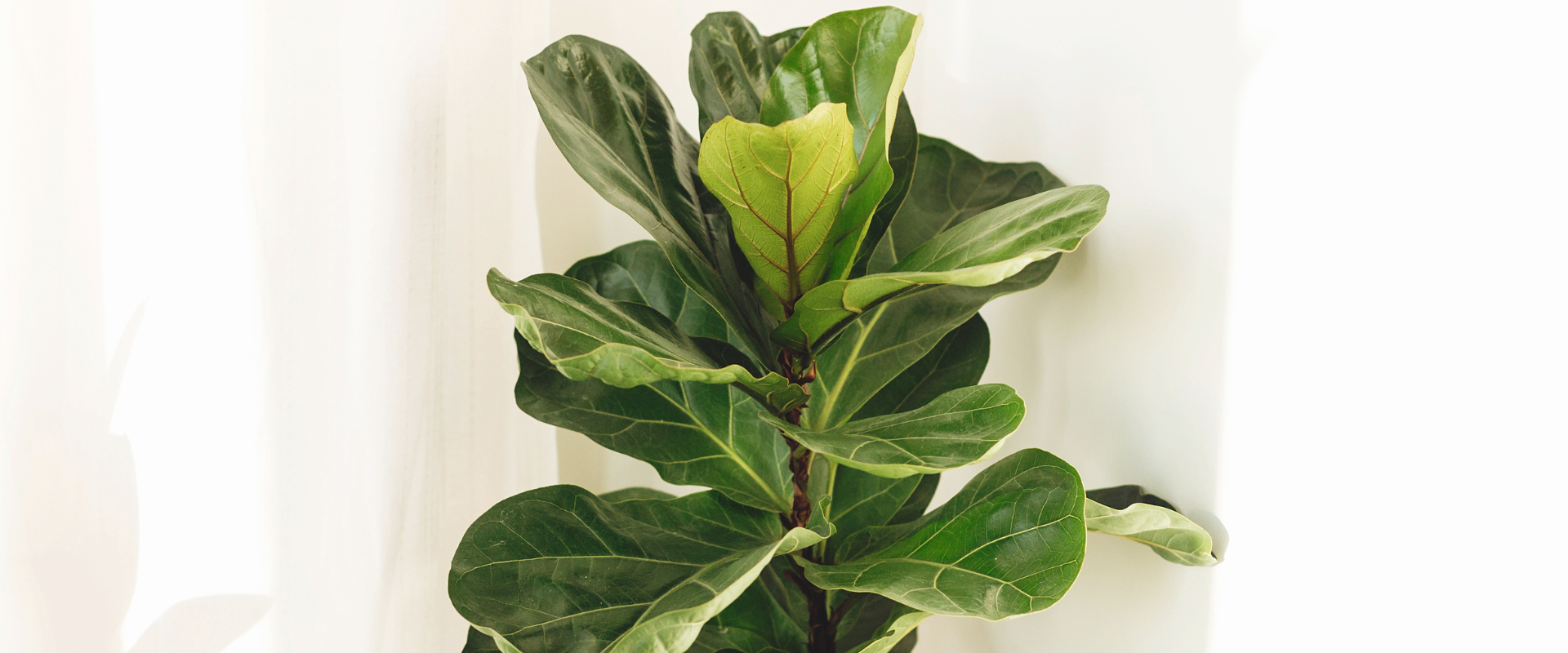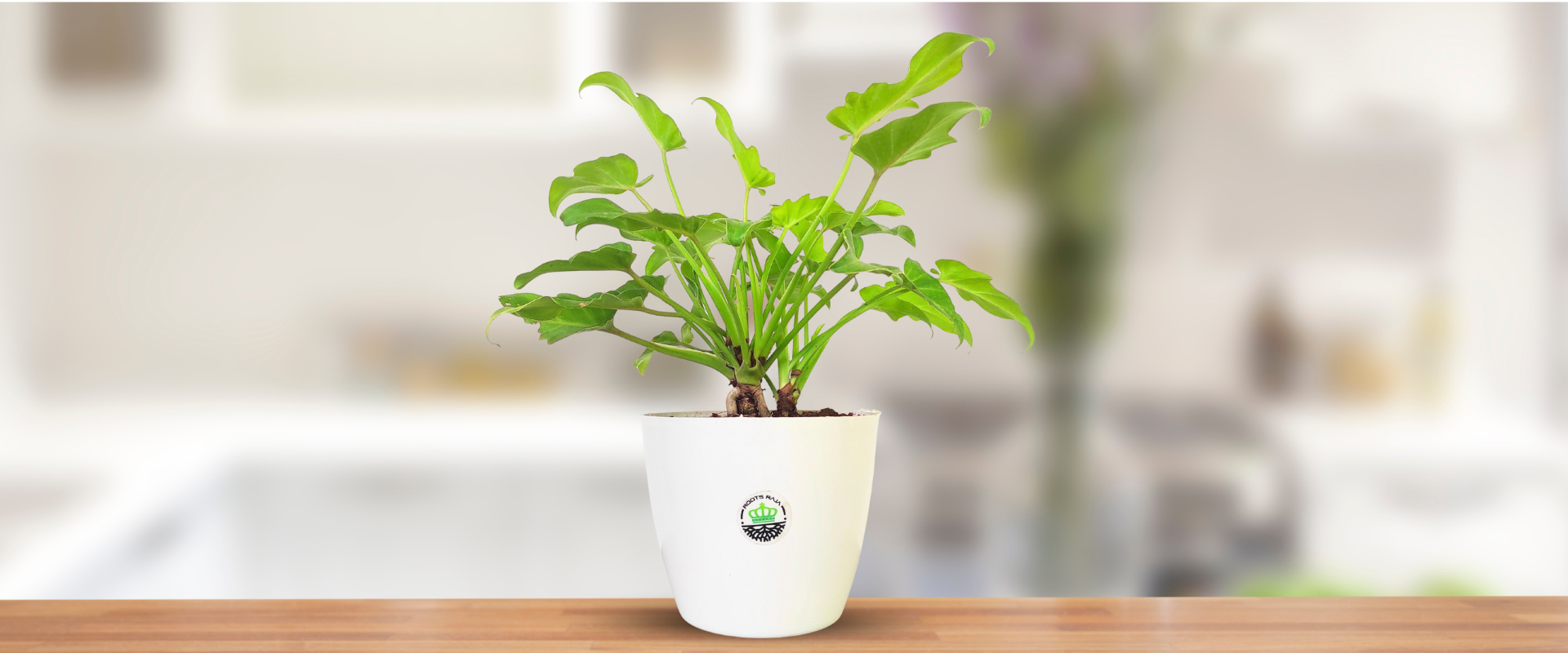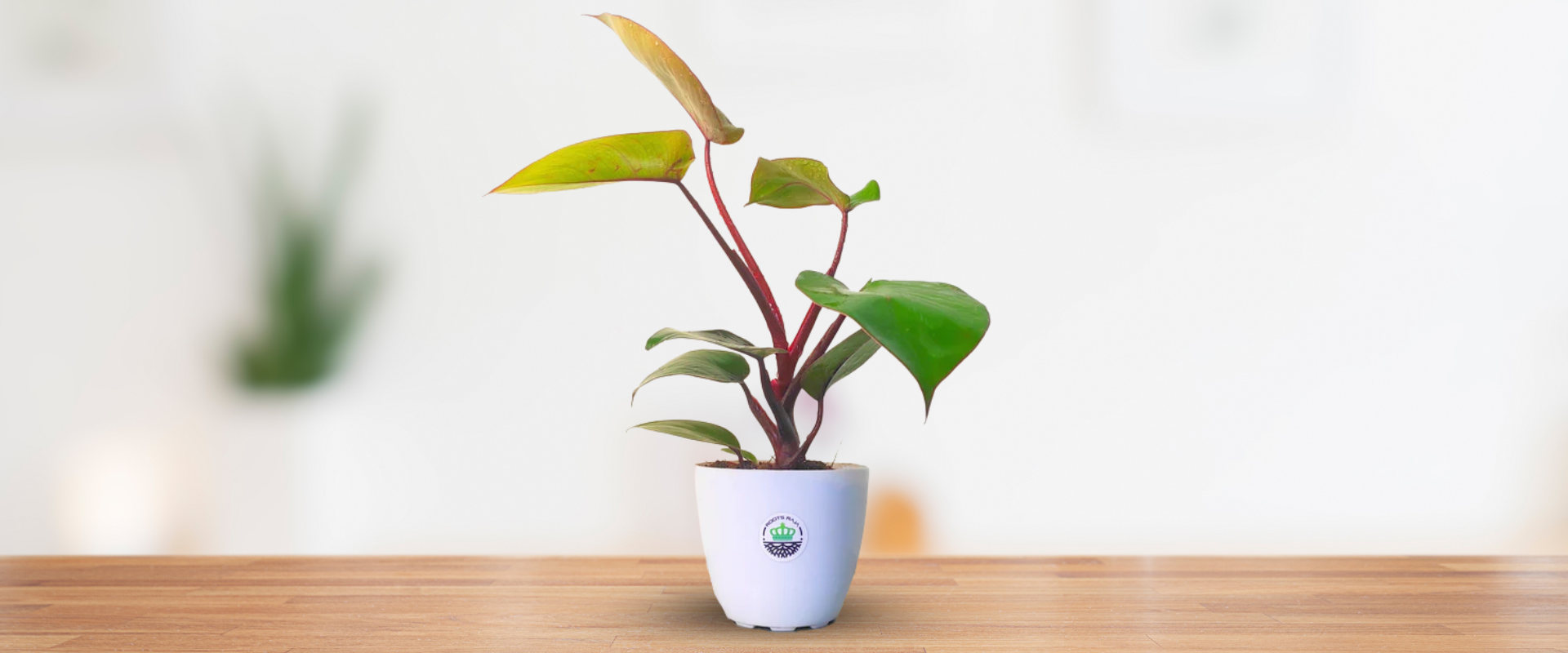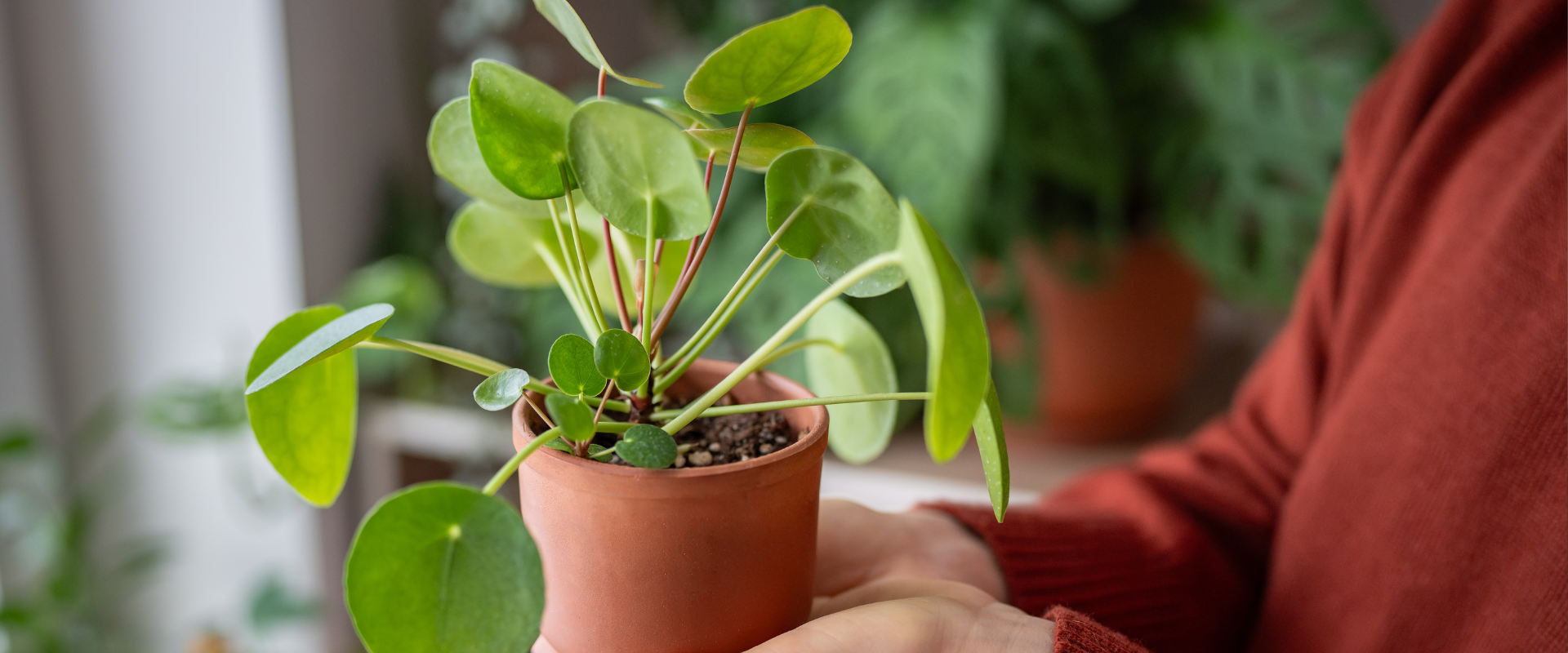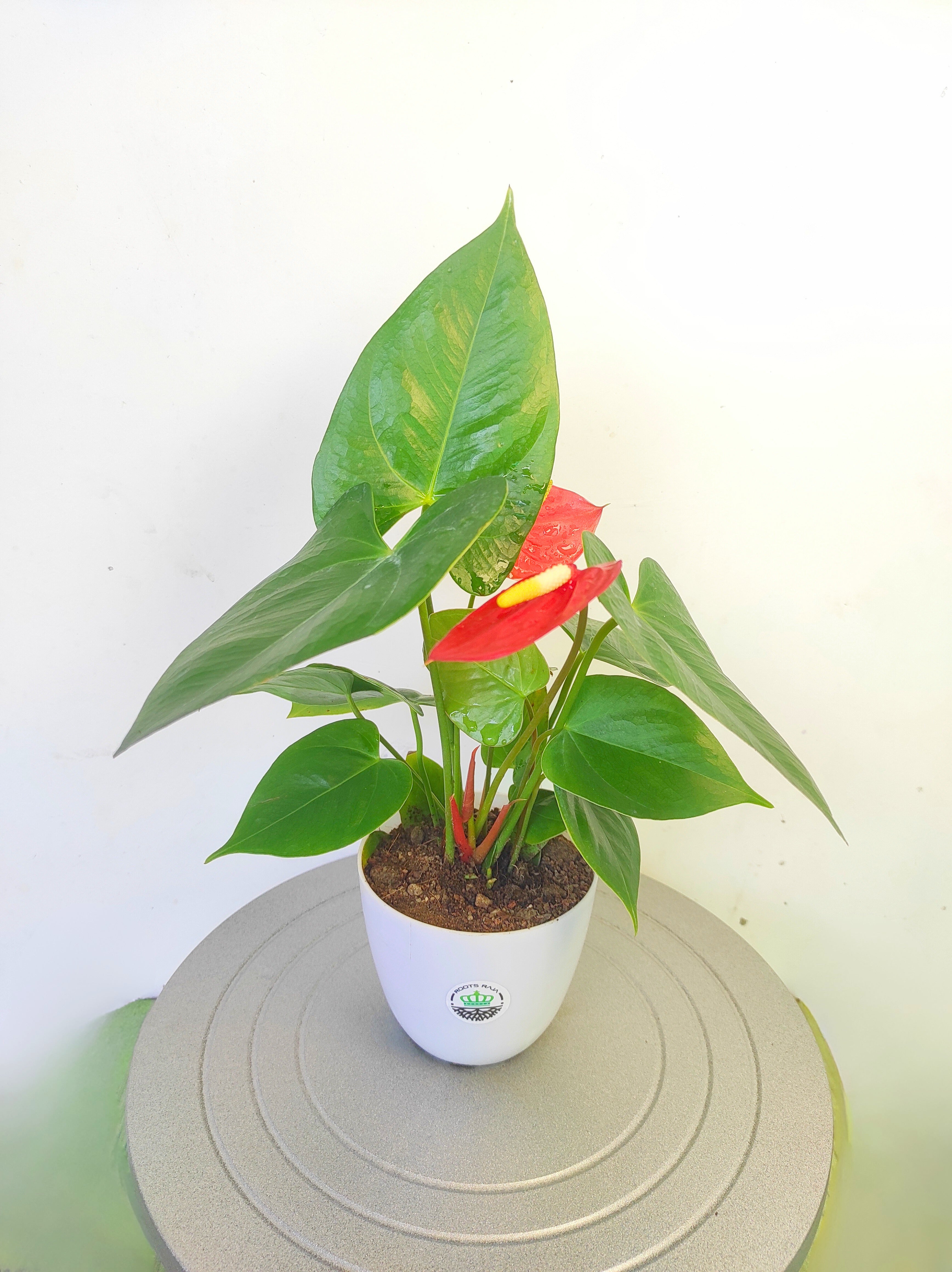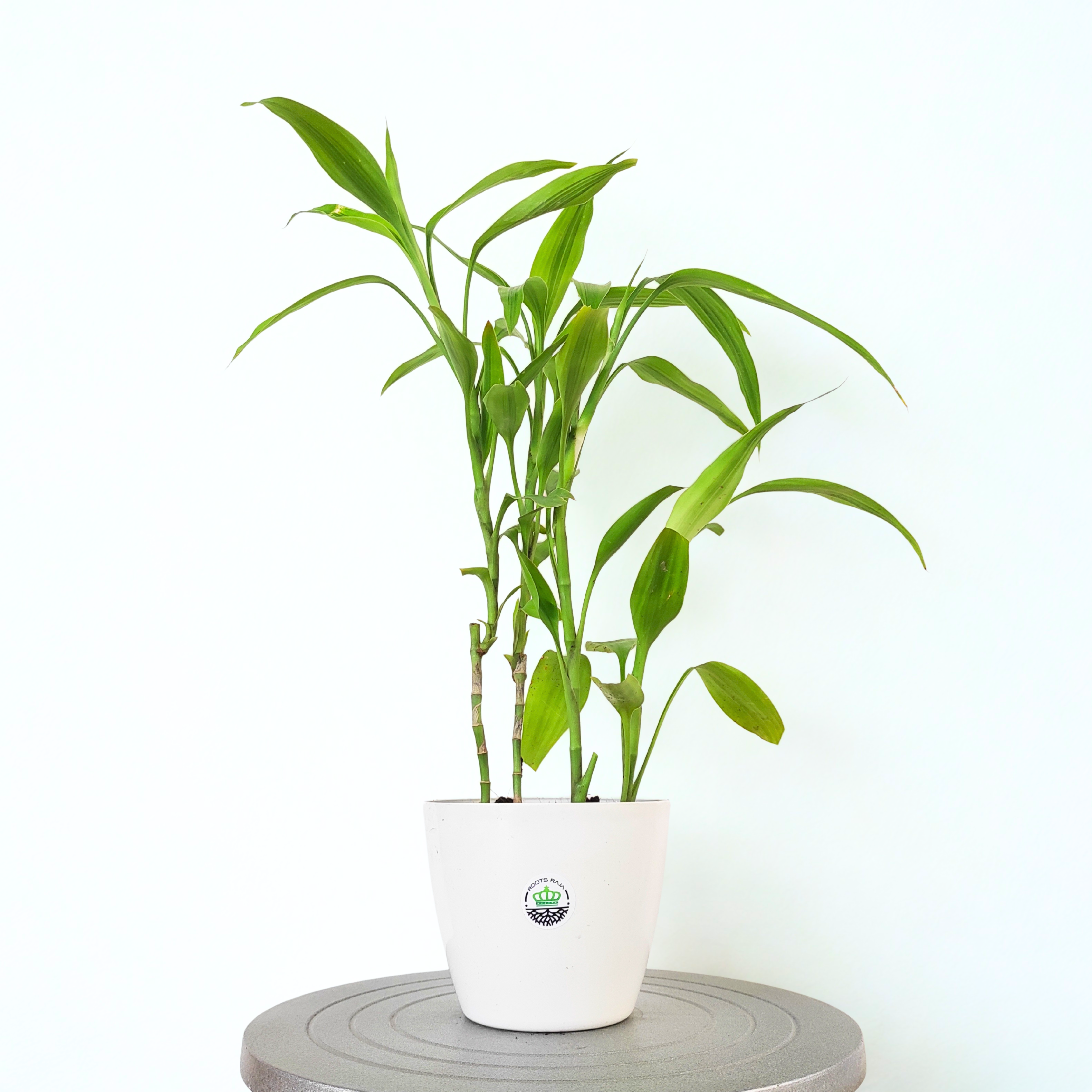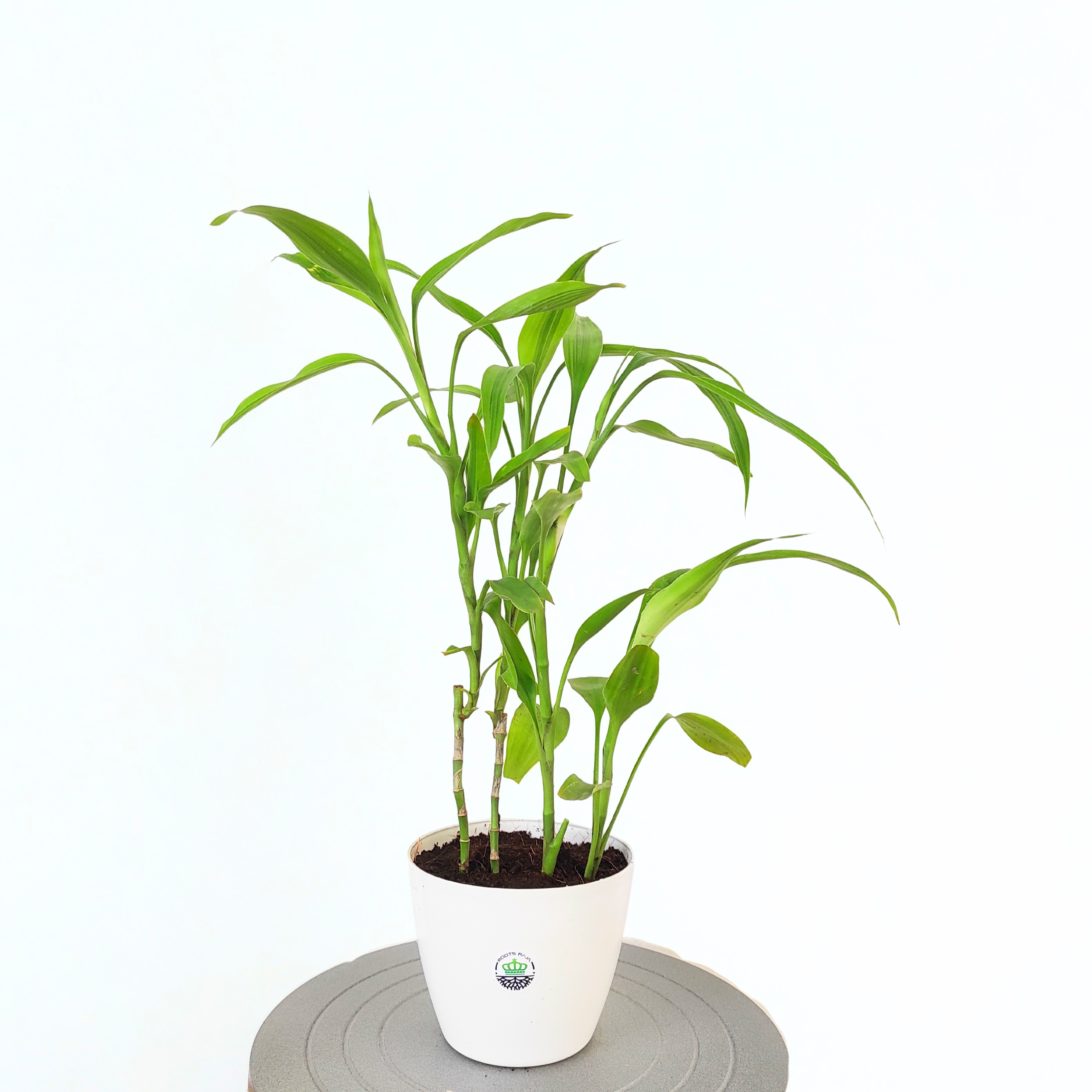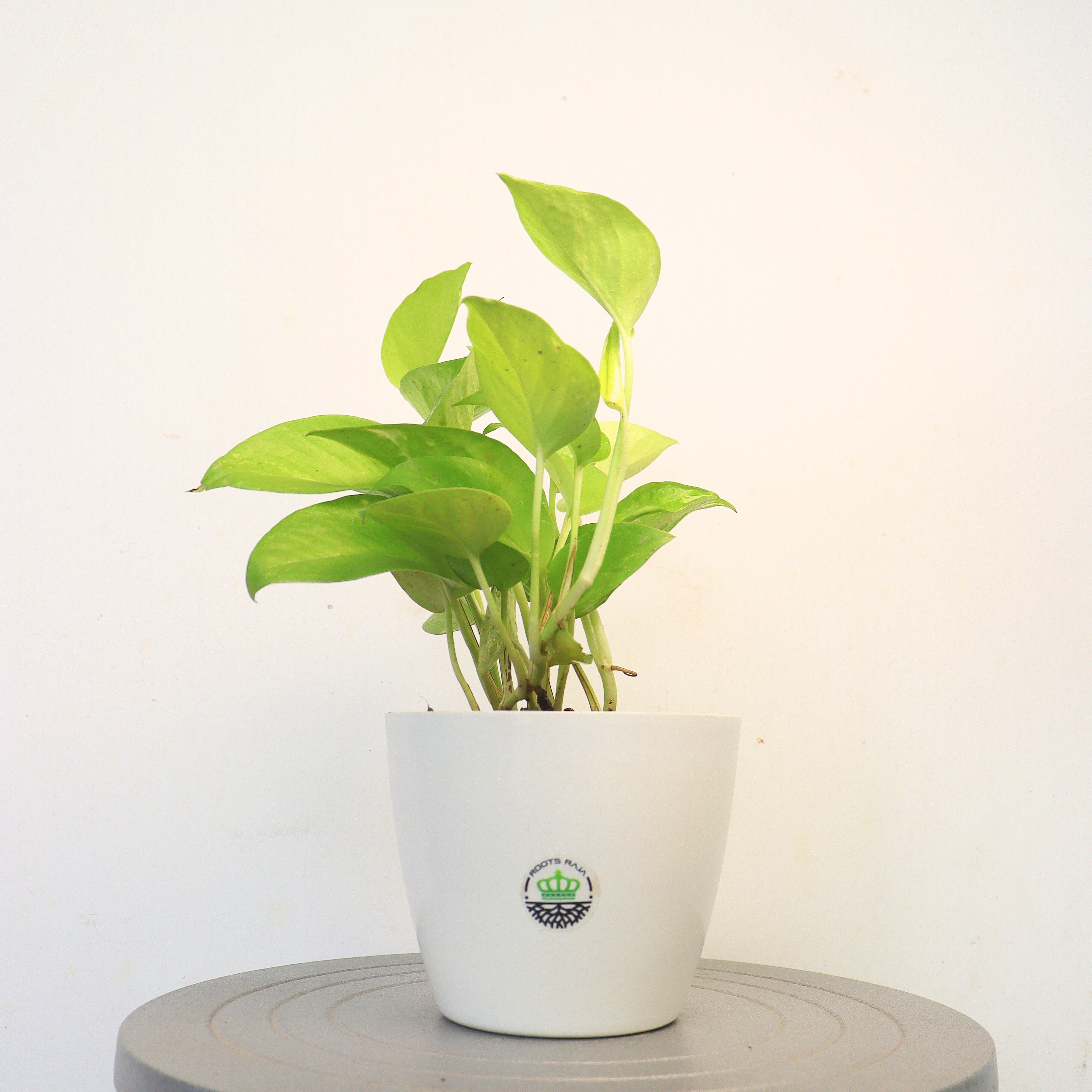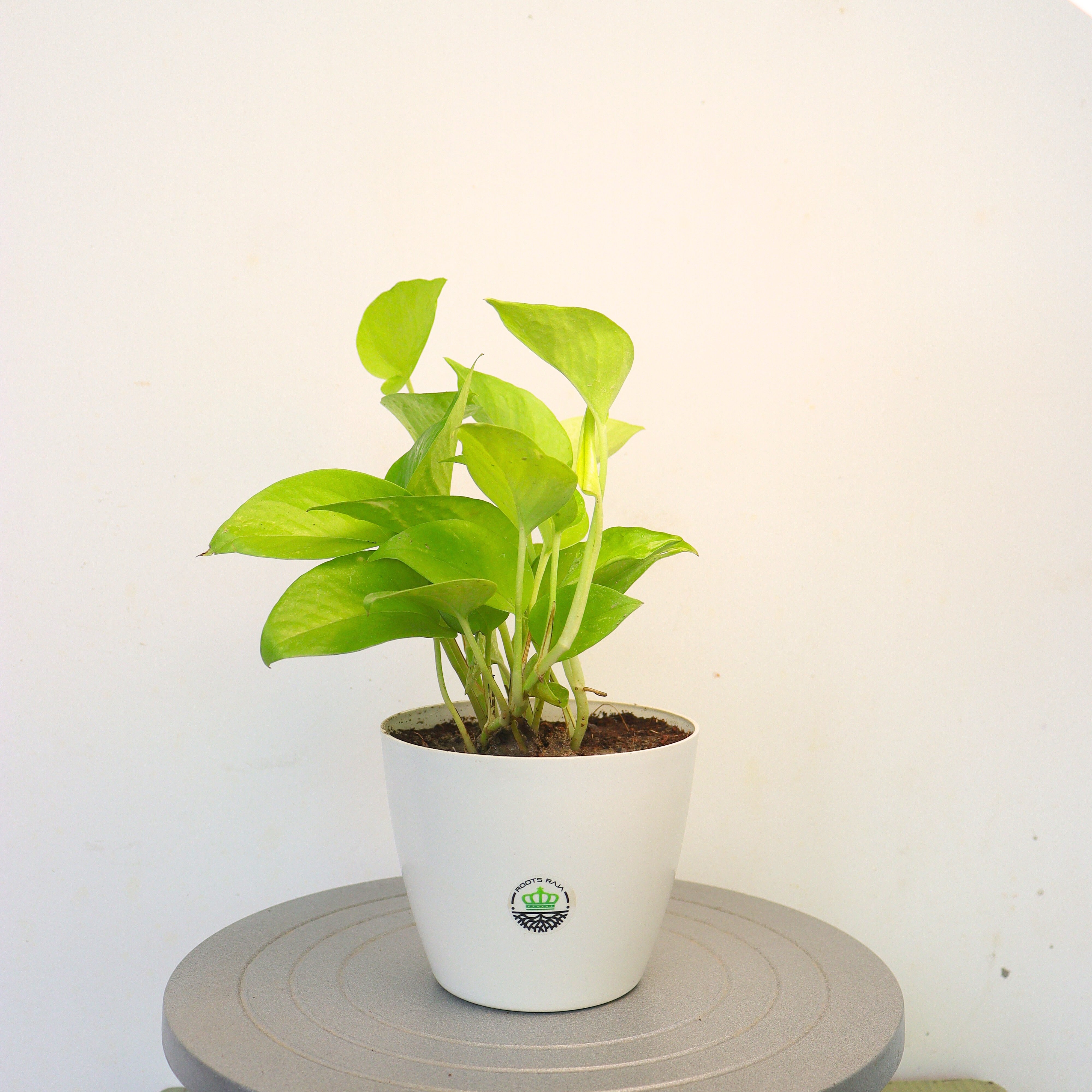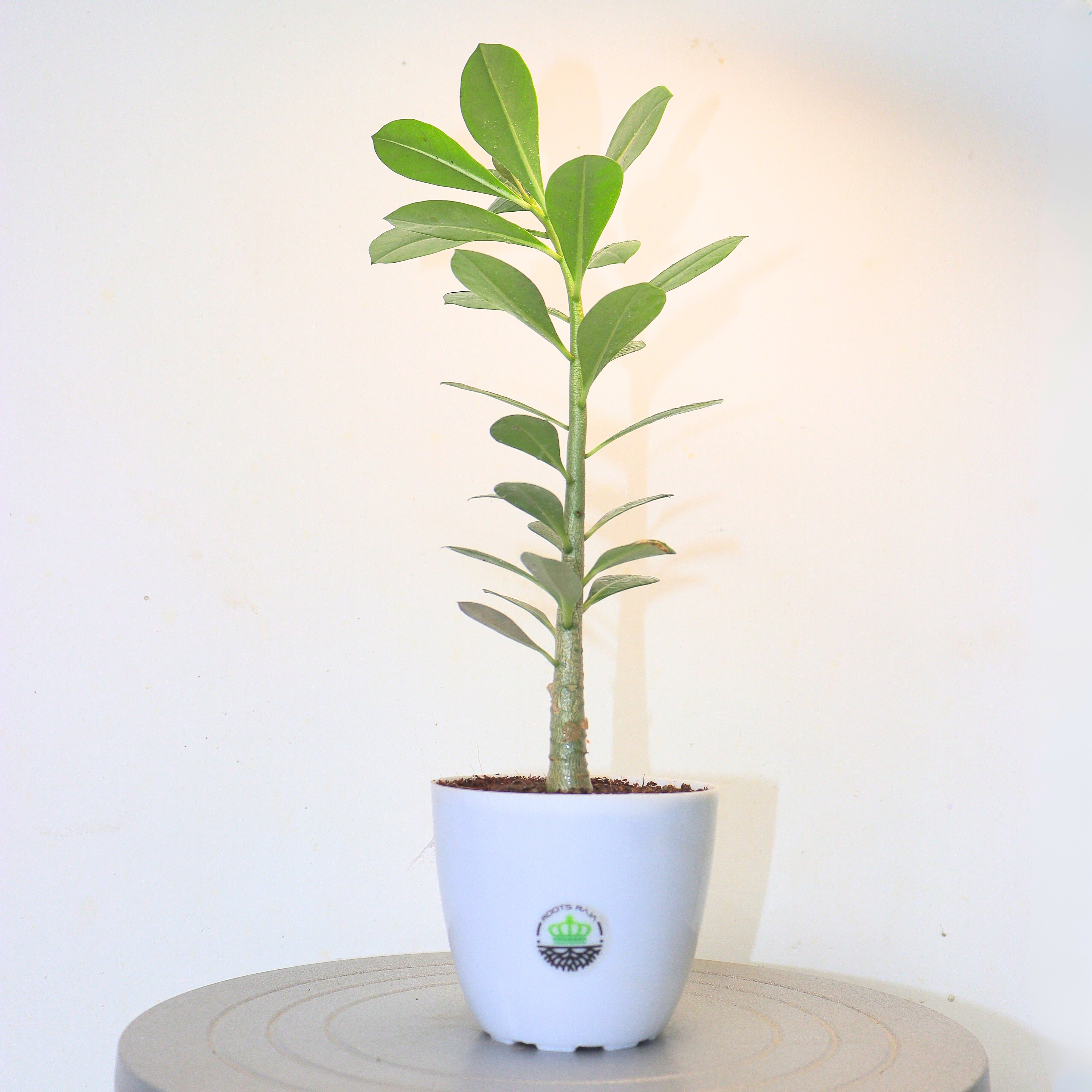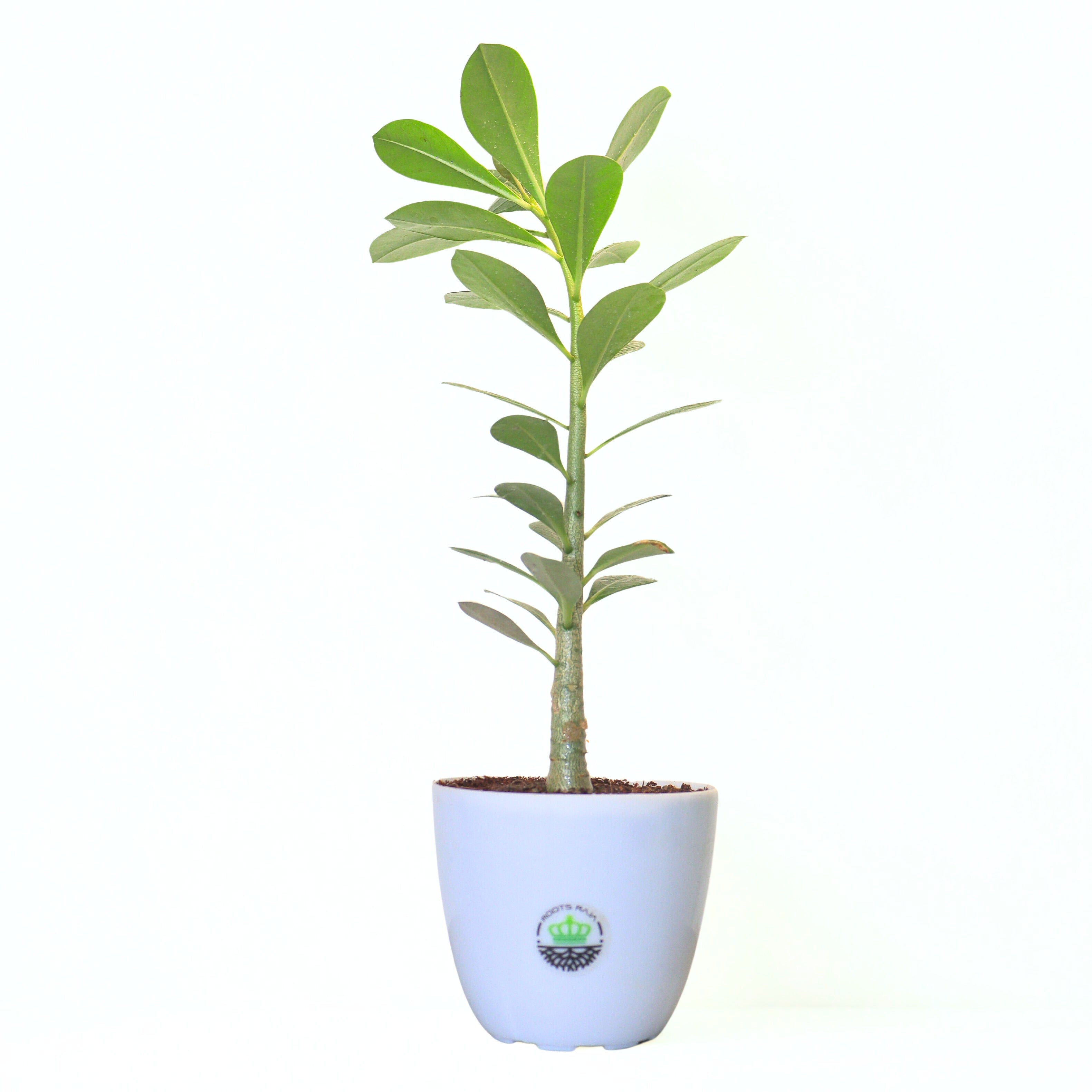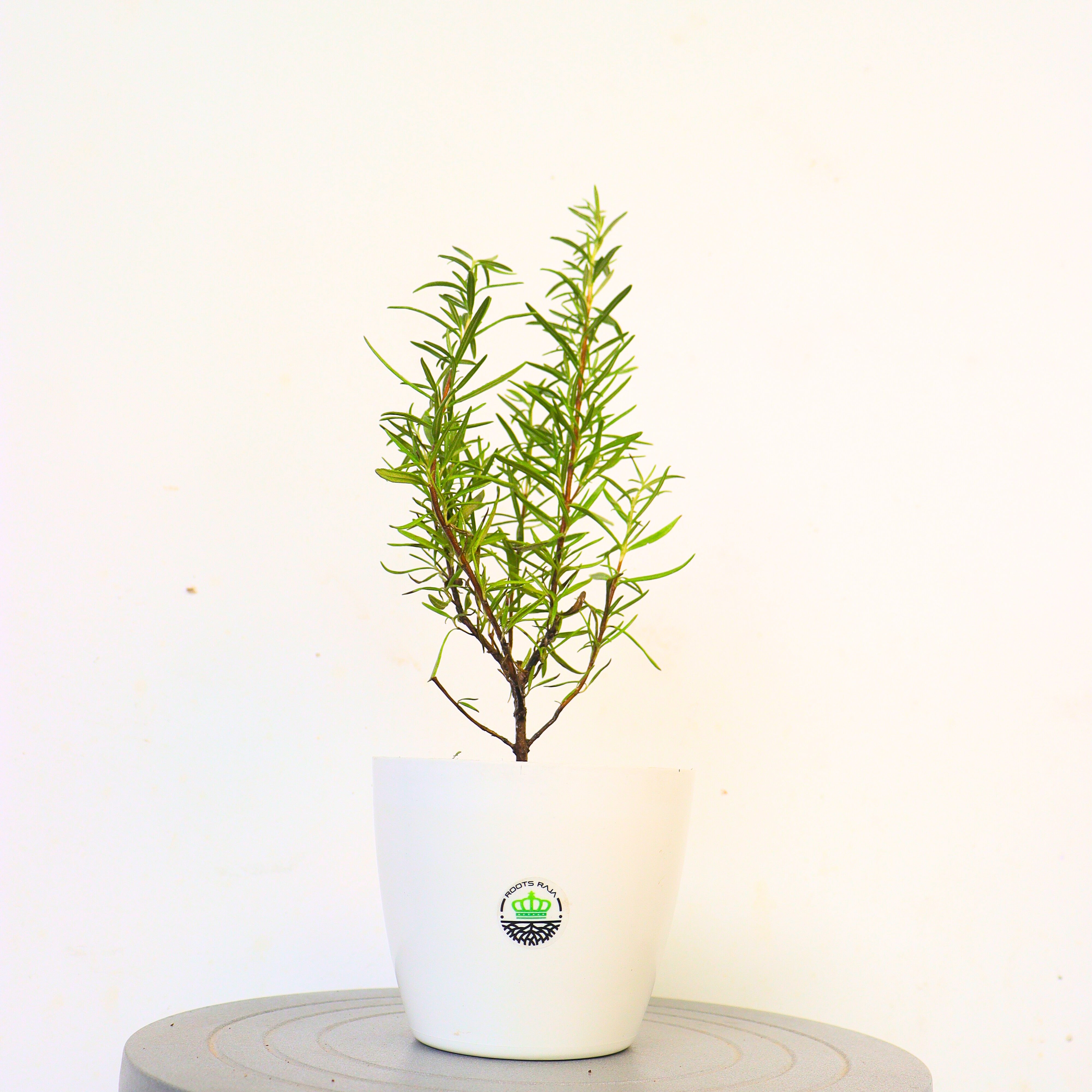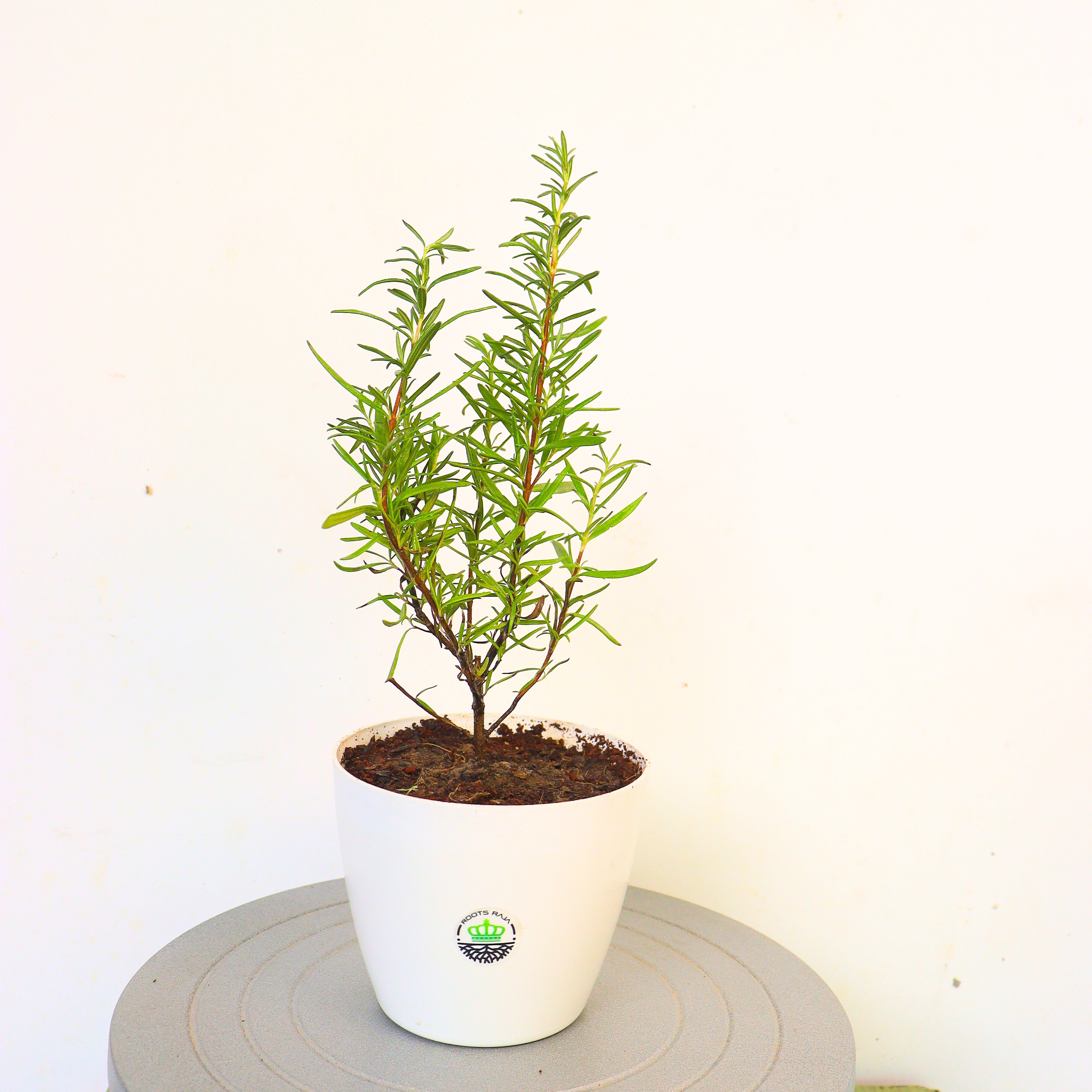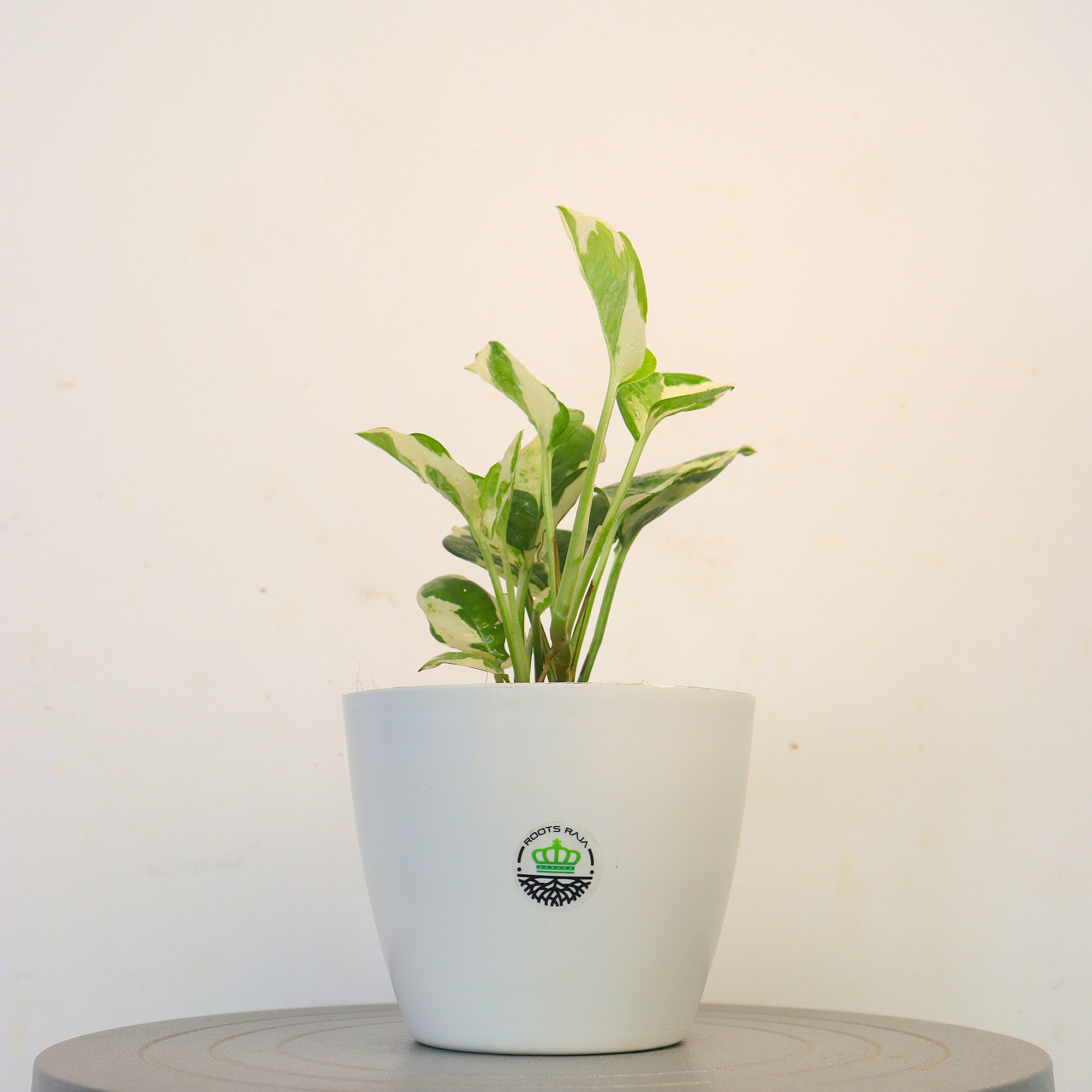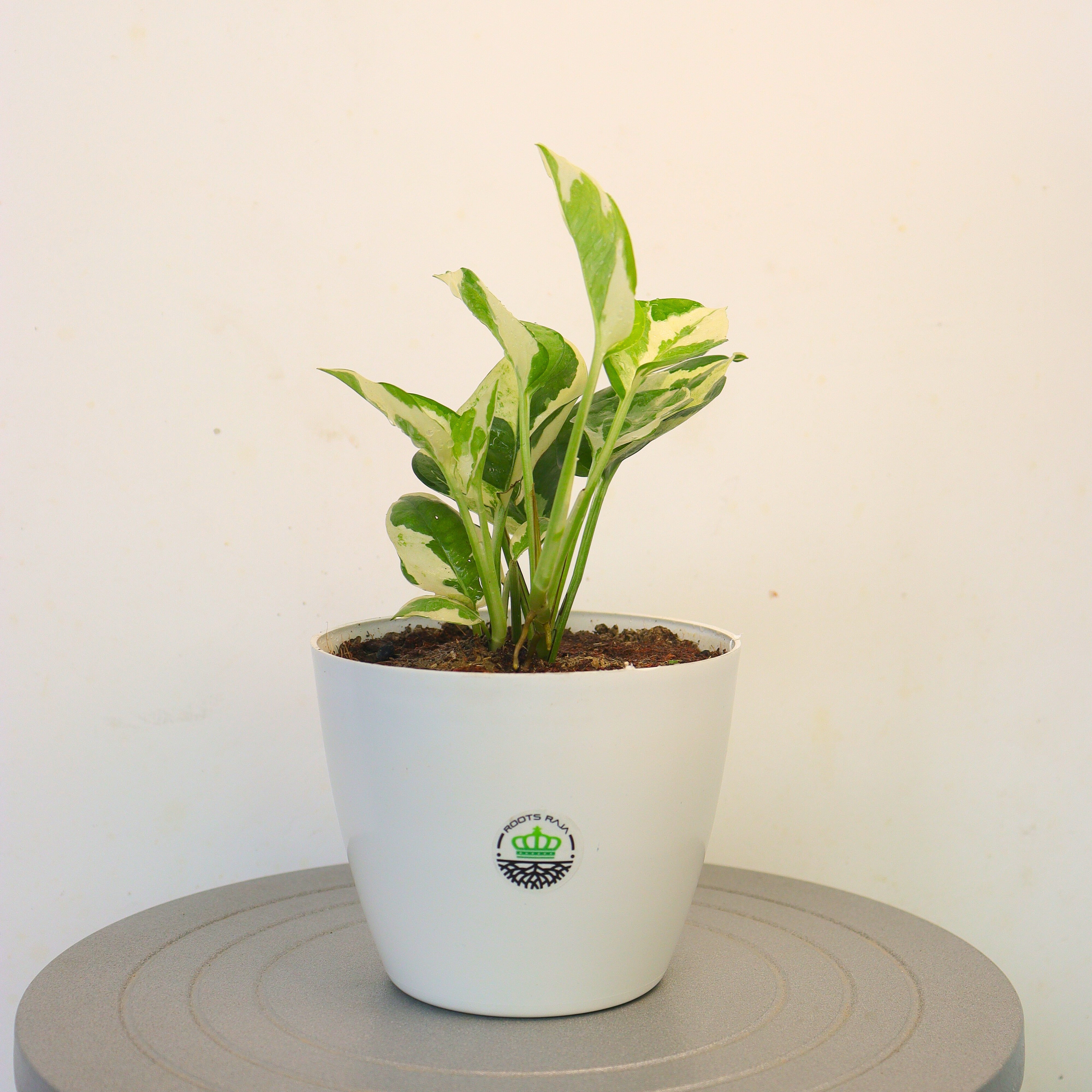
Vanda Orchid Plant Care: Complete Guide for Indoor Plants
Among the many orchids admired worldwide, the Vanda Orchid plant is truly special. Known for its striking flowers, aerial roots, and bold presence, the orchid plant Vanda has become a favorite for collectors and indoor gardeners. Unlike some delicate orchids, Vanda orchids are hardy and can thrive as indoor plants with the right care.
Caring for orchids may feel intimidating at first, but Vanda orchids reward patience with spectacular orchid plant flowers that bloom multiple times a year. In this blog, we’ll dive into the essentials of Vanda Orchid plant care, covering everything from light and watering needs to humidity, fertilization, and display ideas.
Why Choose Vanda Orchid Plants Indoors?
The orchid plant Vanda is more than just a decorative indoor plant—it’s a statement of elegance. With vibrant blooms that range from purple, blue, pink, to yellow, these orchids can uplift any room. Their exposed roots, often grown in baskets, add a fascinating touch of nature indoors.
Here are a few reasons why Vanda orchids are a must-have in your collection of indoor plants:
- Long-lasting flowers – Their blooms can last for weeks, unlike many houseplants.
- Unique roots – Vanda orchids have aerial roots that absorb moisture and nutrients, making them visually striking.
- Indoor luxury – Adds sophistication to your living room, office, or garden balcony.
- Air-purifying – Like many orchids, they help cleanse the air naturally.
If you’re looking to add a plant that combines beauty, resilience, and uniqueness, the orchid plant Vanda is perfect.
Light Requirements for Vanda Orchid Plant Care
Light plays a crucial role in the success of Vanda Orchid plants. They are sun-loving orchids that need plenty of bright, indirect light to thrive.
- Place them near a south or east-facing window indoors.
- Avoid direct harsh sunlight, which can burn the leaves.
If your orchid leaves look dark green, it may not be receiving enough light. Healthy Vanda leaves usually have a slightly lighter green tone.
Pro tip: If your orchid plant flowers are not blooming, insufficient light is often the reason.
Watering Needs of Orchid Plant Vanda
Unlike traditional indoor plants, Vanda orchids do not grow in soil. Their exposed aerial roots need regular hydration.
- Soak or dunk the roots in water 2–3 times per week during warmer months.
- In hot, dry climates, misting the roots daily can help.
- Always allow roots to dry slightly before soaking again to prevent rot.
- During cooler months, reduce watering frequency.
This watering method mimics their natural tropical environment and ensures long-lasting blooms.
Temperature and Humidity for Orchid Plant Flowers
The secret to thriving Vanda orchid plant lies in recreating its natural conditions. These orchids are tropical plants that require warmth and humidity.
- Maintain indoor temperatures between 18–30°C (65–85°F).
- Humidity should stay around 60–80% for optimal growth.
- Use a humidifier or place a tray of water near the plant to increase indoor humidity.
- High humidity ensures your orchid plant flowers remain fresh, colorful, and long-lasting.
Fertilization Tips for Vanda Orchid Plant Care
- Feeding your orchids properly ensures continuous flowering.
- Use a balanced orchid fertilizer once every 1–2 weeks during the growing season.
- Dilute the fertilizer to half-strength to avoid overfeeding.
- Reduce fertilization during winter when the plant slows down.
A consistent feeding schedule will encourage healthy leaves, stronger roots, and abundant orchid plant flowers.
Potting and Displaying Vanda Orchid Plants Indoors
One of the unique things about the orchid plant Vanda is how it’s displayed. Unlike other indoor plants, it doesn’t thrive in regular pots filled with soil.
- Hang Vanda orchids in wooden baskets with coarse bark or charcoal.
- Mount them in decorative containers that allow roots to hang freely.
- Ensure good air circulation around the roots.
This open-air style not only keeps the plant healthy but also enhances its beauty as a centerpiece indoors.
Common Problems in Vanda Orchid Plant Care
Even with good care, Vanda orchids may face challenges.
- Yellowing Leaves – Often due to overwatering or direct sunlight exposure.
- Failure to Bloom – Usually caused by insufficient light or lack of nutrients.
- Root Rot – Caused by waterlogged roots and poor ventilation.
- Pest Attacks – Watch out for mealybugs and aphids; use neem oil as a natural treatment.
Regular observation helps prevent these issues and keeps your orchid plant flowers looking stunning.
Why Vanda Orchids Are a Must-Have Indoor Plant
The Vanda Orchid plant is a living piece of art that brings vibrance and freshness into your home. Unlike many indoor plants, Vanda orchids reward you with exotic orchid plant flowers that bloom multiple times a year. With their unique display style and easy care needs, they make a perfect choice for both beginners and orchid enthusiasts.
Conclusion
Growing and caring for Vanda Orchid plants may feel different from typical houseplants, but once you understand their needs—light, water, humidity, and feeding—they are surprisingly easy to manage. These exotic orchids bring unmatched beauty to your space with their long-lasting orchid plant flowers and unique aerial roots.
By following these simple Vanda Orchid plant care tips, you can enjoy a healthy, blooming orchid that enhances your indoor garden year after year. If you’re looking to expand your collection of indoor plants, the orchid plant Vanda is the perfect choice for elegance and charm

